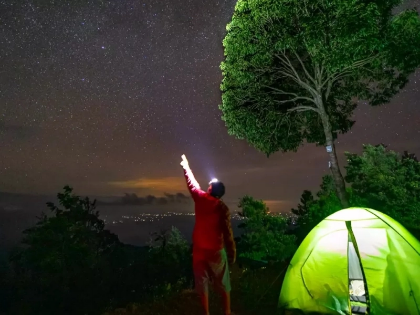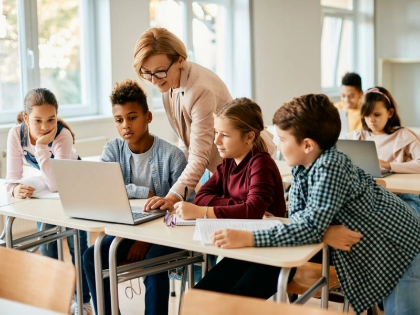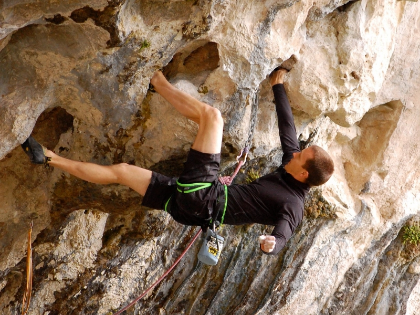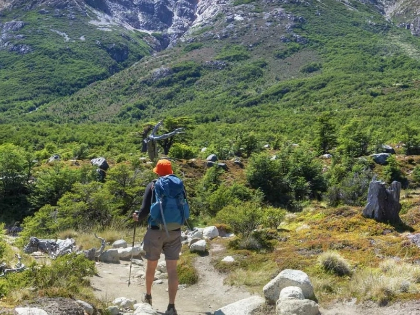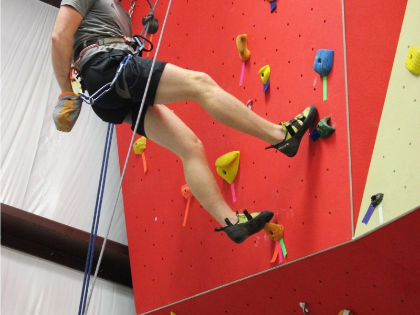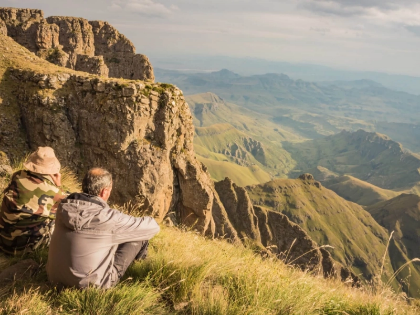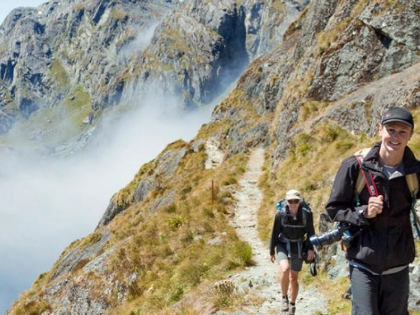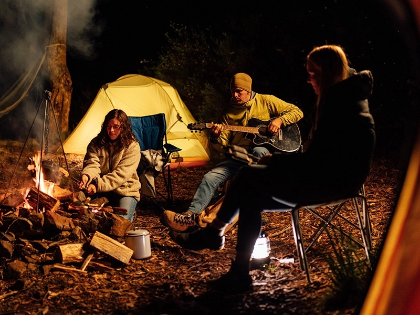The Potential of Virtual Reality in Training and EducationThrough virtual reality, students can explore an environment. They may immerse themselves in the topic, whether it's through virtual field trips or dissecting virtual frogs.
Virtual reality (VR) mimics environments and creates the illusion of being there by combining hardware, software, and sensory synchronisation.
1. Total Immersion Education

Advertisement
Utilising a headset, sensors, and additional gear, virtual reality allows students to be fully submerged in a simulated setting. It's a fantastic approach to raising rates of information retention and engagement.
Virtual reality education enables students to see distant places without the time, cost, and travel restrictions that are sometimes connected to conventional field trips. With virtual reality (VR), learning experiences that would not be feasible otherwise can be had, such as touring the pyramids, the Louvre, or other iconic landmarks, or spending a day in the shoes of an astronaut or heart surgeon.
Additionally, it provides a risk-free setting for learners to safely experiment with new skills and approaches, which enhances learning results. Moreover, by giving them the chance to watch and participate in medical operations on actual patients, it can foster greater empathy in students towards others in their field of study.
2. Cooperation

Many people can communicate with each other in a three-dimensional virtual environment through virtual reality. Students may feel less alone and more inclined to work together as a result of this. This is particularly crucial for students who could experience social difficulties in the classroom.
VR gives pupils the chance to see locations like historic sites and ancient towns that would be either costly or impractical to visit in person. Students who do this may learn about cultural differences and develop greater empathy for those from diverse backgrounds.
Virtual reality (VR) can facilitate the connection between knowledge and experience for STEM students. They can practice new abilities without running the risk of dying, which facilitates confidence-building and repeat learning. With virtual reality, for instance, students can safely tour a production line without running the danger of getting hurt.
3. Comprehensive Instruction

Through experimentation and inquiry, virtual reality provides students with a hands-on experience with complex subjects and concepts, fostering learning. They can immerse themselves in an art gallery to see artworks from all over the world, become virtual palaeontologists and unearth dinosaur bones, or go on a virtual field trip to investigate the inside of a human cell.
Engagement can also be aided by the immersive experience of donning a headset and entering a new environment, particularly in online learning environments. For instance, the FAA employs immersive training to teach its air traffic control specialists, and the FBI uses virtual reality to train agents and law enforcement on how to respond to and defuse dangerous situations.
Furthermore, immersive learning can help students get ready for particular fields and occupations that call for specialised knowledge and abilities that are dangerous to use in the real world. For instance, Walmart uses immersive technology to teach its staff about customer care so they're prepared for the large number of customers that will be flooding their stores on Black Friday.
4. Amusement

Virtual reality (VR) is a widely used entertainment medium for games and movie experiences, but it has also shown promise in the classroom. It has made it possible for students to engage in virtual science experiments and teach medical students in surgery simulations—environments that would be too risky or costly to replicate in real life.
With the help of virtual reality (VR), educators may provide students with a better understanding of what to expect when they enter the workforce by teaching them the skills of particular sectors and professions in a risk-free virtual learning environment. By adding immersive and interactive elements to traditional textbooks, virtual reality (VR) can also aid in addressing some of their shortcomings. It has been discovered that the pedagogical frameworks of constructivism, gamification, and experiential learning work best for this.
5. Customised Education

Learners can interact with instructional information on their terms thanks to virtual reality. Compared to traditional classroom settings where teachers must constantly guide their students, online learning environments increase the likelihood that students will stay interested in the content and have a deeper comprehension of it.
Virtual reality (VR) has the potential to serve as a safe and risk-free means of simulating real-world settings for training and education. For instance, medical students can learn how to do procedures safely in simulations, and trainee firefighters can practice exercises in a risk-free virtual environment.
Students can engage and share their experiences with one another by using VR headsets that have built-in head tracking and high refresh rates (144 Hz). This is excellent for
Advertisement






